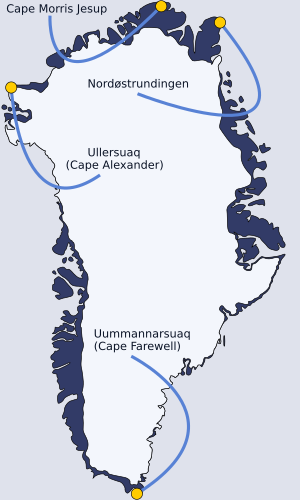No problem at all! Another thought I had after I posted is that the slowing down and speeding up of rotation seems to come in waves, and it would be interesting to try to find data before 1973 as well to see what it was up to. It’s possible that we are in for an extended acceleration leading into the ice age, but it’s also possible that it will continue to go up and down more and more dramatically, even if the general trend, at least since 1973, is down. It’s acting like a swing that is being pushed. Unfortunately they didn’t have the tech to measure it before 1950’s or so, but I believe I read that it can be inferred from observing the moon and the stars, which we have done for a long time, I just need to see if anyone did the math.
The C’s specifically mentioned slowing down of the rotation as causing all the “opening up” on the planet, so I’ll try to see if the rotation data correlates with earthquake spikes or other weirdness in any way as well.
I checked with good ol' Ben Davidson, and his take on the acceleration is that it is caused by the severe drop in the Earth's geomagnetic field. With shields down, this allows more energy into the system. "Higher supply, faster rotation - not unlike an electric motor".
And our shields are seriously down, apparently. There the following paper cited by Davidson and crew for another one of their videos:

A new power spectrum and stochastic representation for the geomagnetic axial dipole
SUMMARY. Earth’s internal magnetic field is dominated by the contribution of the axial dipole whose temporal variations are wide ranging and reflect charac
I admit I haven't read the article, which looks waaay over my head. But there is this nifty set of graphs.
This graph below is the one that apparently shows that the geomagnetic field is taking a nosedive.
Him and his team call the -6000 point 'the Noah Event'. I'm not very familiar with his nomenclature, but apparently it was roughly 8000 years ago, and includes a deluge at that time. Brief video here for those interested, with some linked papers. But that's a bit of a digression.
Point being, according to this paper, the magnetic field is weakening at a significant rate. The data on this graph isn't fine enough to correlate it to what you've laid out in your rotation speed graph, unfortunately. The overall picture is clear, though. According to this chart, the geomagnetic field was on a decline for the past 500 years. And now it looks like the drop is similar to an exponential curve.
I don't know if I can get behind this 'You are Here - Going Here' in the last slide, though. There's no data involved, just the intuitive finishing of a line to a supposed end point. Anyone can do that. There could be a lot of fluctuations on the way down.
In general, what this data could mean is that if the shields continue to drop, the earth would ostensibly spin faster and faster, which we can watch for.
The thought kinda reminds me of my brother and I when we were kids, and we would twist up the tire swing on the willow tree and then have 'a lot of fun' getting extremely nauseated...
Edit: grammar


 and the 'Cons' within. However, reality states (less yrs. 2021/2022):
and the 'Cons' within. However, reality states (less yrs. 2021/2022):



 I found it so "funny", when the RT reporter stated (or quoted?) "hottest summer since 1000 years".
I found it so "funny", when the RT reporter stated (or quoted?) "hottest summer since 1000 years".


